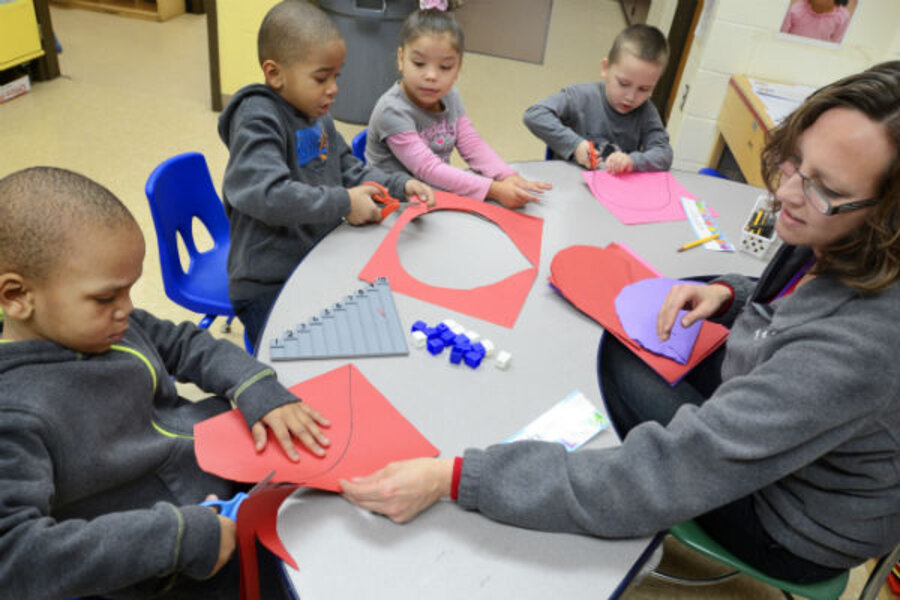More kids struggle where the US income gap widens
Loading...
In US counties where personal incomes cluster on opposite sides of the rich and poor spectrum, children might endure more neglect and abuse, according to a new US study.
Based on the analysis of data from the National Child Abuse and Neglect Data System and the US Census Bureau's American Community Survey, the effect appears strongest in counties with high poverty.
Approximately every minute, about six maltreatment referrals are given to state and local agencies in the US, according to the Centers for Disease Control and Prevention.
It's not possible to say income inequality actually causes child maltreatment, but, "we know the reverse hypothesis is not true," John Eckenrode said. "Child maltreatment does not cause income inequality."
Mr. Eckenrode, a psychologist at Cornell University in Ithaca, N.Y., led the study.
"Also we have ruled out some possible alternate explanations in our study, such as level of education, public assistance levels, child poverty rates, and state-level variations in rates of maltreatment," he told Reuters Health.
"Given what we already know, it makes sense that income inequality could create a social context where child maltreatment happens," said Kate Pickett, a social epidemiologist at the University of York in the United Kingdom.
"This adds to past evidence that greater income inequality harms us all," she said. Researchers looked at data on 3,142 US counties between 2005 and 2009. They found that rates of child maltreatment ranged widely, from 0.2 percent to 3.1 percent of children. Using statistical methods to gauge income inequality, they found a steep rise in the rate of child maltreatment with rising inequality. The relationship held after researchers adjusted for poverty itself, and other factors such as the racial and ethnic makeup of regions, education levels, and the number of people receiving public assistance income.
Where inequalities are most extreme, communities may become more polarized, with the affluent group influencing where public aid money goes, or what programs are made available in the community, said Ruth Gilbert, a clinical epidemiologist at University College London in the UK.
"Where the state or federal government is a key provider of services, such as day care and education," Dr. Gilbert said, "then you may have situations where poorer children mingle with middle-class kids and this helps create a better understanding between the two classes."
Writing in the journal Pediatrics, the researchers suggest a "comprehensive approach" is needed to address the problem. State and federal money could be used to improve and expand programs with successful track records, such as the Nurse Family Partnership program, Eckenrode said. Currently that program can reach only about 30,000 families in the US per year. "We could scale up that and other proven programs even further," he said.
Federal support for maternity or paternity leave, or daycare education costs, is "not seen in the US as much as here in the UK," Gilbert said.
"Where the state (or federal) government is a key provider of services, such as day care and education, then you may have situations where poorer children mingle with middle-class kids and this helps create a better understanding between the two classes," she noted.
"The more distance between the two social classes, the less likely the poor will receive services and support," Gilbert said.





